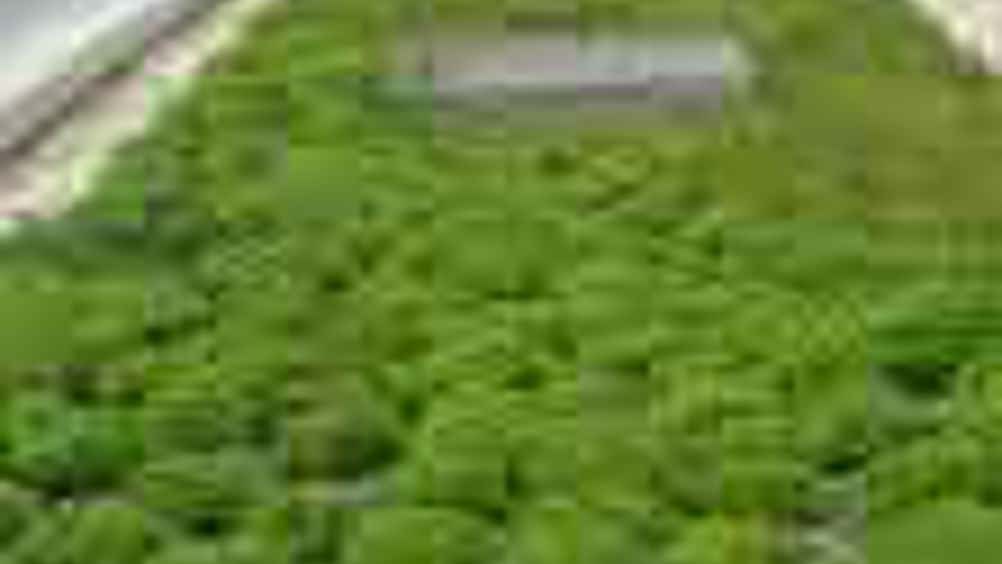Green roofs studied

A green roof facility has been designed and built at the University of Birmingham that will be used to investigate the value of green roofs for nature conservation, stormwater and water quality management.
The design aims to mimic brownfield sites which are home to a wide variety of rare species of birds, plants and insects and which are threatened by housing, office and retail space development.
The facility will enable researchers from the University of Birmingham’s School of Geography, Earth and Environmental Sciences to study ways of improving the management of urban water by investigating the way green roofs can reduce the volume and pollution levels in the water that runs off them.
Urban rainfall contains pollutants such as heavy metals and nutrients, which the plants and soils on green roofs can help to remove. The water is used by plants and soaked up by the soil and this means that much less water runs off a green roof than a conventional roof. The study aim is to maximise the potential of green roofs to decrease pressure on urban drainage systems, reduce flooding, and improve the quality of groundwater and streams.
Register now to continue reading
Thanks for visiting The Engineer. You’ve now reached your monthly limit of news stories. Register for free to unlock unlimited access to all of our news coverage, as well as premium content including opinion, in-depth features and special reports.
Benefits of registering
-
In-depth insights and coverage of key emerging trends
-
Unrestricted access to special reports throughout the year
-
Daily technology news delivered straight to your inbox










Pipebots Transforming Water Pipe Leak Detection and Repair
Fantastic application.